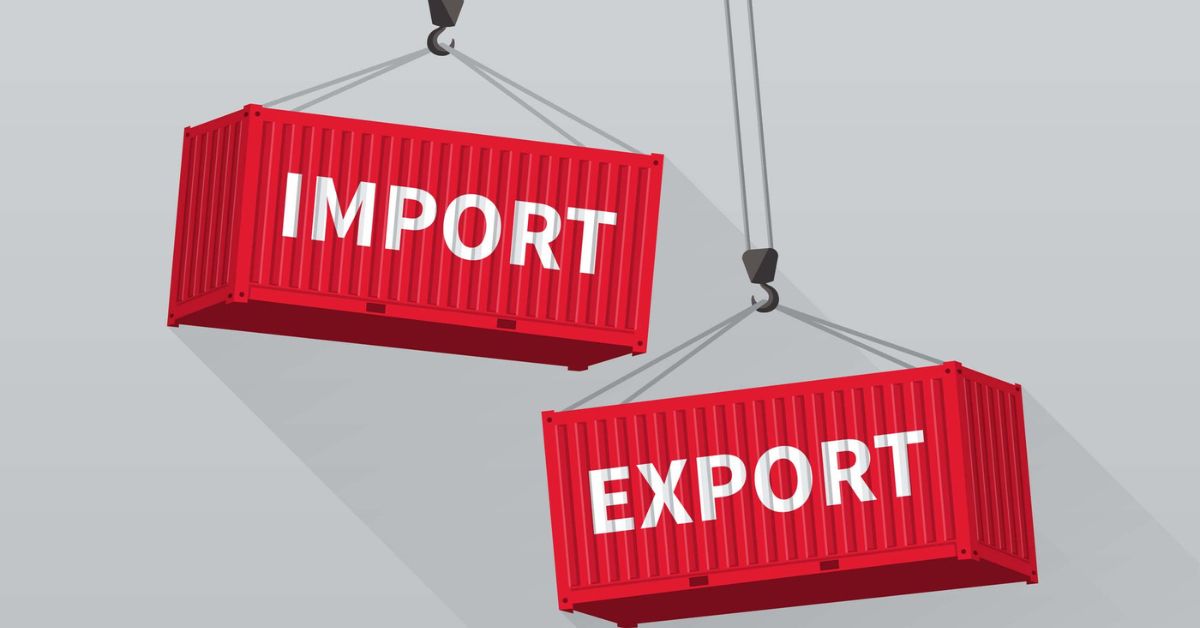High logistics costs and a sizable infrastructure gap are two major bottlenecks in India’s road to become a manufacturing powerhouse and an export hub, the report added.
According to BofA’s economists, India is already a large exporter of intermediate goods and the country is slowly transitioning its export basket mix in favour of final consumer goods and advanced manufacturing value-added items to move up the global value chain.
“Contrary to popular opinion, even as of now India is a big player in the global value chain and is a leading exporter of agriculture products, intermediate goods and IT & IT enabled services. In fact, recently exports of advanced manufacturing-related services from India have also started to pick up,” the report stated.
“World Bank data shows that barring the US and China, the average GVC output as % of total output ranges between 0% -5.3%. India’s GVC output as % of total output at 3.17% is already the 5th highest in the world, after China, the US, Japan and Germany,” it added.
The report pointed to the policies that have been helpful in making India a destination of choice, including the declaration of 461 districts as export hubs and export promotion committees being set up in each, production-linked incentive schemes (PLIS) and the building of three major ports as part of the Maritime Vision 2030.
The government is now trying to address the two big bottlenecks in India’s road to becoming a manufacturing hub.
The economists wrote, “At 13.5% of GDP, logistics cost in India is one of the highest in the world, the target is to bring it down to 7.5% of GDP by 2029”.
The report added, “Per capita infrastructure investment at $88.6 (in constant 2015 terms) is also much lower than the global average. Targeted redressal of these two is high up on the policy agenda. The government’s capex push is clear over the last few union budgets, reflected in the increase in capital outlay as % of GDP, which is up from 1.6% in FY2012 to 2.73% in FY2024. This increase is mostly focused on bridging the infra gap.”








